How to Ride Out a Storm
The phrase, ‘ride it out’ can be interpreted in different ways. Here are two:
Hunker down until it passes – just get through it.
Experience it; be ‘with’ it. Like riding a wave through to the end.
Almost daily we are given a chance to respond to life’s storms. These storms come in the form of disappointments large and small; changes in our career and personal lives; economic downturns and little annoyances like traffic jams. On the day I was caught on my bike in a downpour ten miles from home, I was determined to ride it like a wave.
The rain caught me off guard, although it shouldn’t have. It also delighted me. Change and learning, even in small doses, can be thrilling. Experts say that we are most alive when we are fully awake to change – when we allow ourselves to truly feel the shifts, bumps and voids rather than shut them down.
As soon as the rain began to fall, awareness of my environment was heightened to the point of being almost surreal. Through the sheets of rain the day somehow seemed brighter, the grass greener, and the sounds crisper. I was also conscious of how much more precarious this ride had just become.
Is this an experience that feels familiar to you? That during a disturbance in the predictable patterns of work and life you become more awake and alive? More aware of what’s at stake? Breakdowns occur in every field of work: healthcare, transportation, technology, finance, etc. These interruptions create a sort of wedge, an opening that allows for new levels of consciousness to arise. If we tune ourselves to notice and take advantage of these events they provide a rich ground for learning.
I knew from my years of somatic* training that keeping my body centered on my bike, my breath low in my body, and my muscles relaxed would help me stay balanced, fluid and more able to respond as I rode through the silt that had become slippery mud. I had to remind myself many times to relax my jaws, shoulders and hands, and to keep a slow and steady breath.
In this case I was alone – not with or leading others. Had I been in an environment where coordinating with others was necessary, my presence would have been even more important. We humans are hardwired to read and resonate with each other’s non-verbal cues. It’s important for our survival. When a leader is tense, rigid and reactive, this mood is spread to the team and can lead to fear and uncertainty. This state also robs us of critical resources in the form of blood and oxygen to our vital organs, leaving us unable to think clearly and take calm and confident action. When we are relaxed and alert the opposite is true and we inspire trust and confidence in those we work with.
I continued my ride, staying connected to the energy and sense of aliveness I felt. I enjoyed the adventure. It seemed that many fellow cyclists I crossed paths with were having a similar experience and we exchanged knowing smiles with each other – a sort of bonding moment. Other cyclists were hunkered down, getting through it, seemingly without a larger connection to the adventure. Their heads were down, jaws were set and brows were furrowed. Perhaps this was nothing more than an annoyance to them. There was no room for kinship with these riders.
Reflections:
Recall a recent challenge or breakdown. How did you, or how are you meeting it? Just getting through, hoping it will be over soon? Or are you meeting the challenge with enthusiasm and riding the wave to the end? Perhaps there’s a little of both!
When you are feeling challenged, what is your typical somatic response? (tighten jaws, hold breath, contract shoulders, etc.) How can you bring more awareness to this reaction and move quickly to a more resourceful state?
Try this practice: Several times a day, take a moment to center yourself. Very briefly this means that you move your breath to your low belly and encourage the relaxation of muscles throughout your body, from top to bottom. Let your weight drop into your chair or into your feet, at the same time gently lifting through your spine. Relaxed yet alert. Remind yourself of what is most important in the moment and in the bigger scheme of life. You’ll be much more capable of centering yourself during a storm if you’ve practiced in calmer waters.
* Definition of somatic: the living body as experienced from within; body/mind integration
I am a Certified Somatic Coach through Strozzi Institute. Check out their blog for quick lessons on centering and to get a peek at what they’re about:
https://theembodiedlife.wordpress.com/

